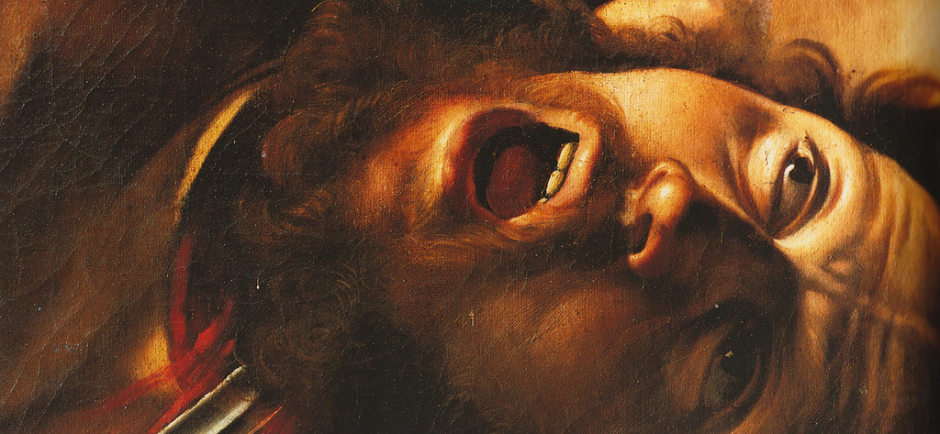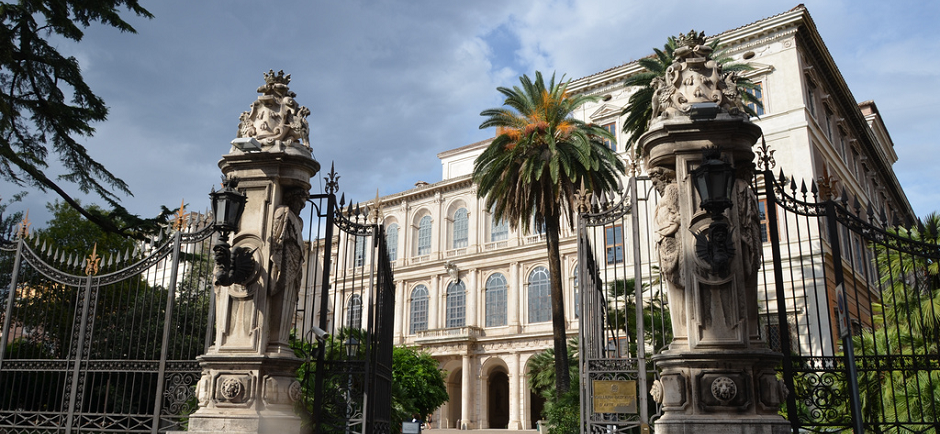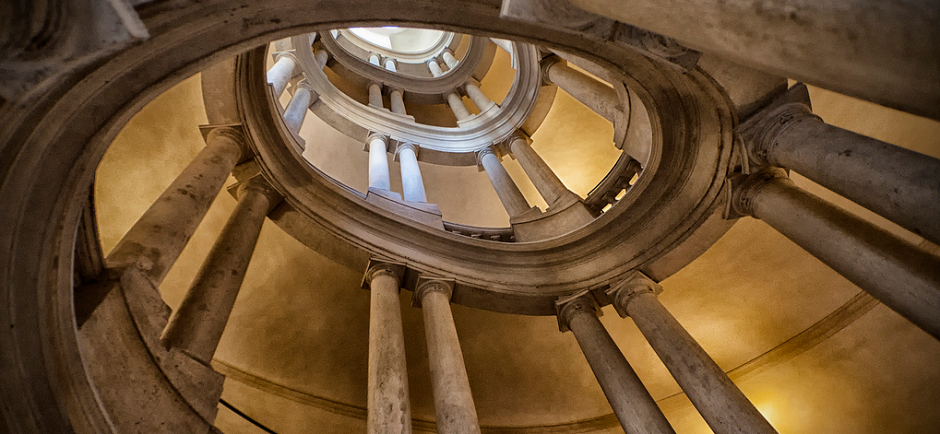Project Description
National Gallery of Ancient Art in Barberini Palace
One of the most beautiful paintings is the Madonna and Child Enthroned, by Filippo Lippi, which dates back to 1437. The more substantial nucleus of paintings of the 16th century contains works such as the Fornarina, which is the famous portrait Raphael painted of his lover, or pieces by Andrea del Sarto, Beccafumi, Sodoma, Bronzino, Lotto, Tintoretto, Titian and El Greco. The pictures accompany you through to the end of the century beautifully represented by Caravaggio’s splendid Judith decapitating Holofernes.
The 1600s are represented by works by Reni, Domenichino, Guercino, Lanfranco, Bernini, Poussin, Pietro da Cortona and Gaulli. The section of works of the Seventeenth century blends perfectly well with the decoration and the architecture of the palace, offering a very rich testimony to one of the most fertile periods for art and culture, thanks to its completeness and to its homogeneity.
The late 16 and 17 hundreds are represented by Mattia Preti, Canaletto, Batoni, Pannini, the Lemme Collection and many others. Belonging to the same period, there is also a rare collection of French paintings which are part of the collection of the Duke of Cervinara, exhibited in new rooms, on the second floor of the building.
Address
Via delle Quattro Fontane, 13
How to get there
Underground line A, Barberini station







